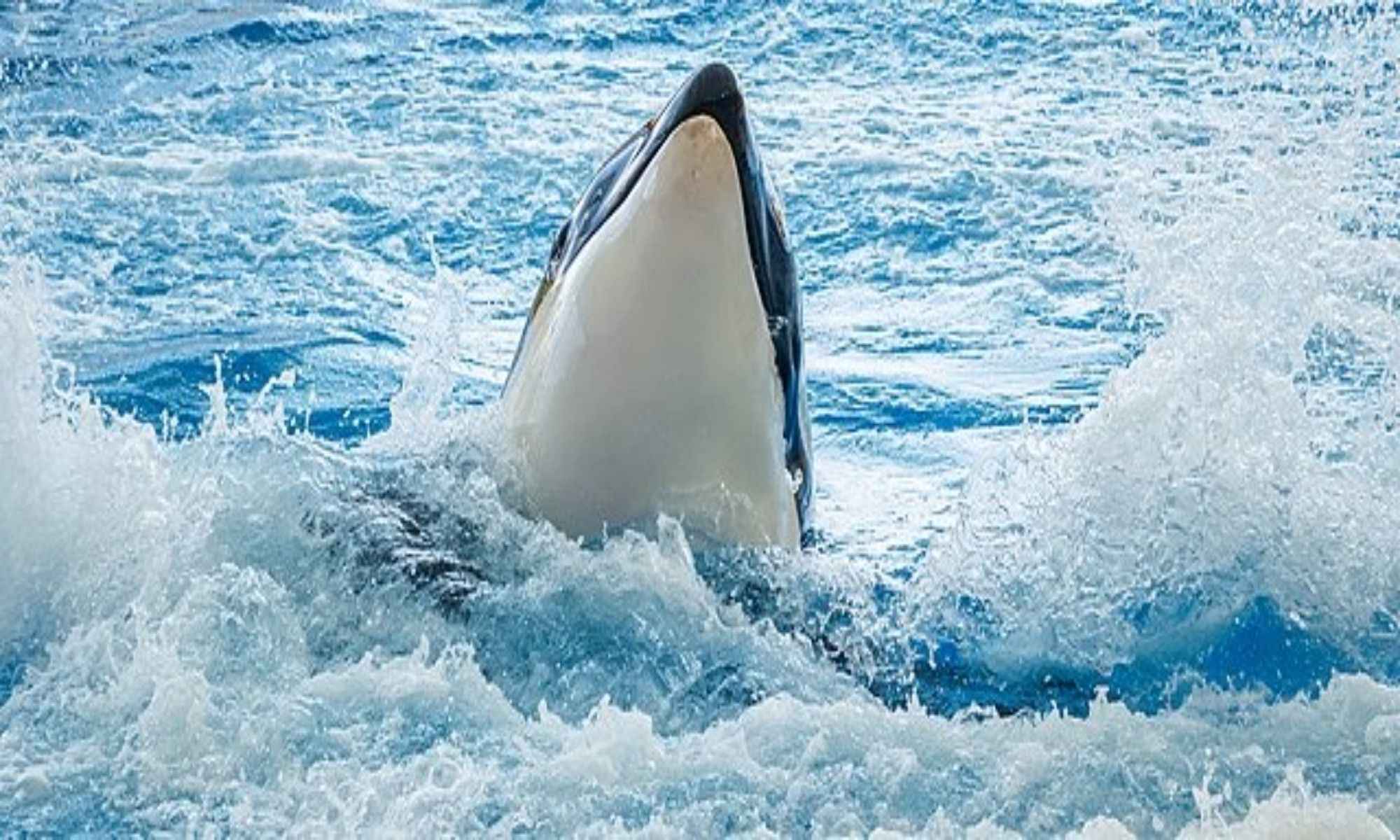Orcas: Why Are They Called Killer Whales?
Does the orca deserve the nickname, killer whale? Read this and out more about this misunderstood marine mammal.

Orcas are some of the biggest underwater animals out in the wild, but like many giant marine mammal species, they are misunderstood and under threat. We may even say that orcas are victims of their nickname, killer whale, as the phrase makes most people assume they’re a significant threat.
In this blog, we’ll take a closer look at orcas: their classification, characteristics, and behaviors, and learn why they’re called killer whales.
Classification

Orcas have had the nickname, killer whale, for so long that most people believe they’re whales. Orcas are under the toothed whale suborder or Odotocenti, and this cetacean suborder includes toothed whales like the sperm whale and beaked whale, oceanic dolphins, river dolphins, and porpoises. They are the most widely distributed cetaceans and the most prominent members of the dolphin family or Delphinidae.

Orcas are under Orcinus orca but are further classified into ecotypes or subspecies. There are ten distinct ecotypes — five found in the Northern Hemisphere and another five in the Southern Hemisphere.
Physical Characteristics
Orcas are most commonly distinguished for their long dorsal fin and the grey saddle behind this fin. They are also known for their black-and-white coloring, which helps them camouflage themselves in the water.
The body of an orca is enormous and heavy but is shaped in such a way that allows it to be fast underwater. It has a cylindrical body that tapers at each end. At its fastest, it can swim over 30 knots or 34mph. Male orcas are typically bigger than female orcas.
Behaviors
Orcas are apex predators, which may be why the nickname, killer whale, has stuck all these years. However, the nickname originated from whale killer, a phrase ancient sailors may have used to describe the orcas they’d seen strategically preying on whales in groups or pods.
Orcas are not just vilified in English. Other cultures and languages have negative nicknames for this predator as well. In Portuguese, they are called baleia assassina or ‘assassin whale.’ In Aleut, the language of the Aleutian people on the Aleutian Islands they are referred to as ‘the feared one’ or polossatik. Even its scientific name, Orcinus orca, has something to do with death, as orcinus is Latin for ‘of the realms of the dead.'
Orcas notably do not have big teeth relative to their body size and predator status. Their teeth can only grow up to 4 inches. Instead, they use their powerful tails, bodily strength, echolocation ability, and cooperation from their species to successfully prey on other marine mammals, including the great white shark.

As species at the top of the food chain, orcas prey on all marine species, including fish, squid, seals, and even sea birds. Like the orcas witnessed by ancient mariners, they are known to attack whales. Each ecotype can have different diets and hunting habits.
They do not attack humans in the wild unless they’ve mistaken them for their usual prey. However, there have been known human attacks by orcas in captivity. One popular example is the SeaWorld orca named Tilikum, the subject of a 2013 documentary, which caused the death of three humans, including a trainer. SeaWorld received backlash for what had happened to the orca, which urged the park to end its orca breeding program.
Toothed whales are known for being social mammals. Orcas are incredibly tight-knit, almost human-like in their family structures. Even orcas in captivity will form social bonds.
Threats to Orcas
As apex predators, orcas are not hunted by any other species except humans. Humans have been known to keep orcas in captivity, using them in marine park shows such as the ones SeaWorld used to have before they eventually banned them. As highly intelligent creatures, they can easily be trained. However, their natural behaviors cannot be taken out of them. They must swim far and dive deep, sometimes multiple times a day, a need their space in captivity cannot provide. It causes them stress, which results in harmful behaviors. As previously mentioned, captive killer whales form artificial social bonds. When they’re transferred, the social group dissolves, adding even more to the stress.
Out in the wild, orcas are no longer hunted by anglers, but they are under protection. Some ecotypes have also received additional protection as their populations are either endangered or depleted. The biggest threats to orcas include the lack of food sources or prey, contaminants, and ocean noise.
Orca Sighting on Fishing Tours
Orcas are majestic marine mammals that deserve our attention and care. On North American fishing tours, you can appreciate them out in the wild as they are widely distributed. They can be found in every ocean, though sightings vary regularly. For example, you may find them less often during Kauai fishing trips, Louisiana fishing trips, or even deep sea fishing in Daytona Beach. There are more chances of spotting them when marlin fishing in California or shark fishing in the Outer Banks in North Carolina. Alaska is another state you can visit to get a sighting of this fantastic creature.
Interested in whale watching, fishing, or both? Always book a charter for your convenience and safety. All you need is to purchase a fishing license, and you’re good to go. California is a hotspot for whale watching on the Pacific Coast and various kinds of fishing. The Bend Company Fly Fishing Guide Service, Peter Santley Flyfishing, David Rooney Fishing, and Big John's Fishing Guide are four of the state’s expert guides, offering a range of unique fishing experiences in the region. Alaska is likewise an excellent destination to see orcas in the wild.


